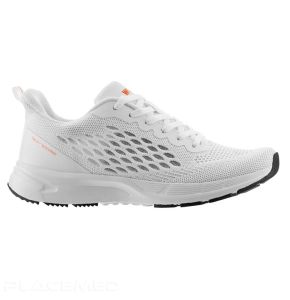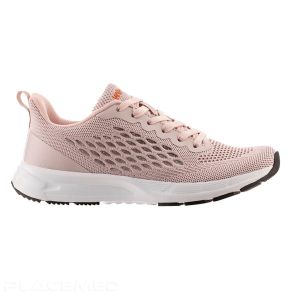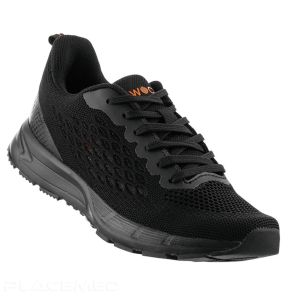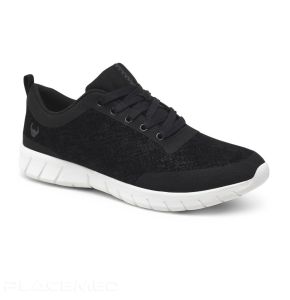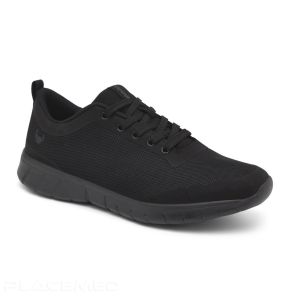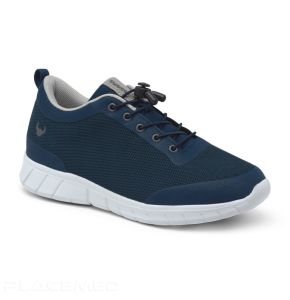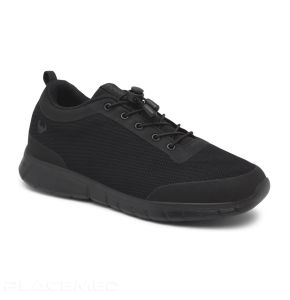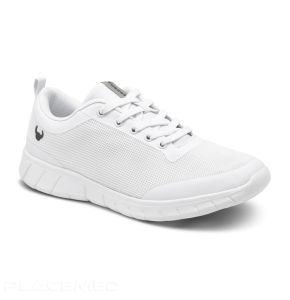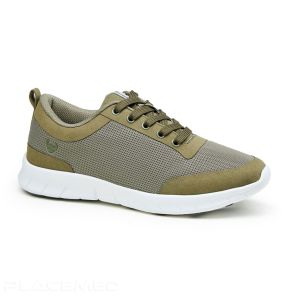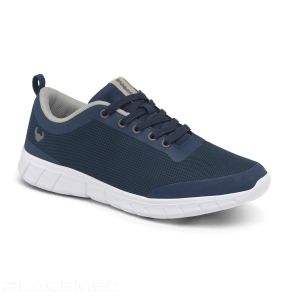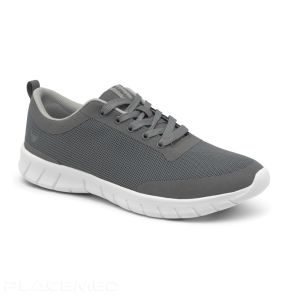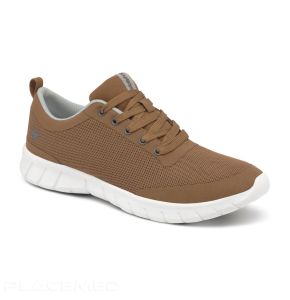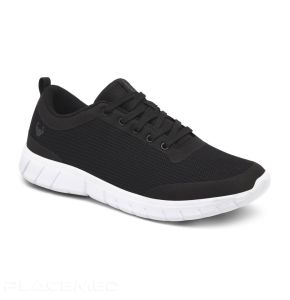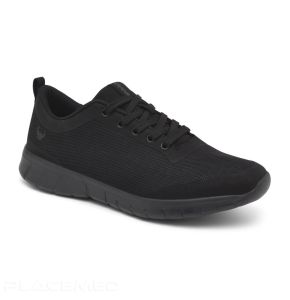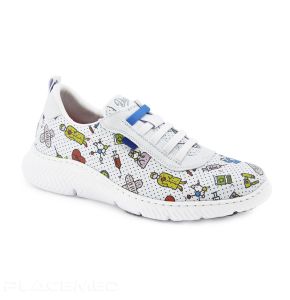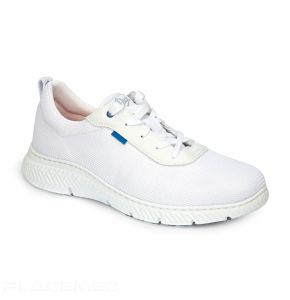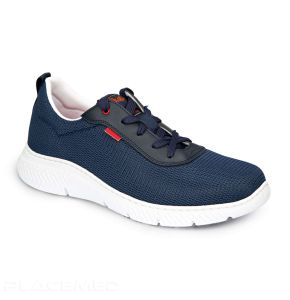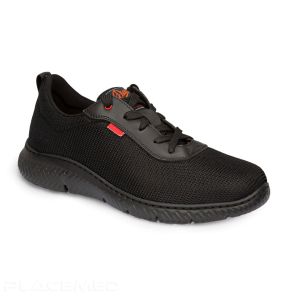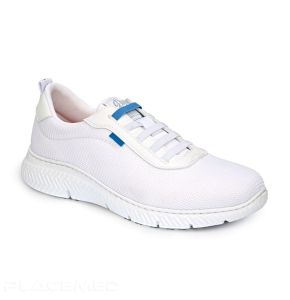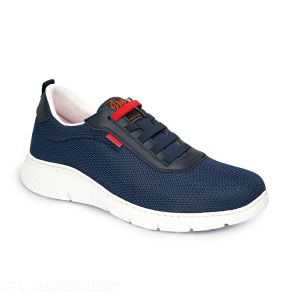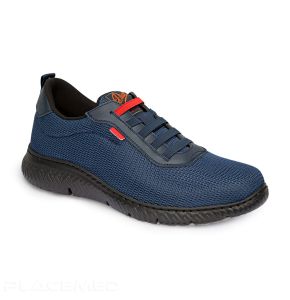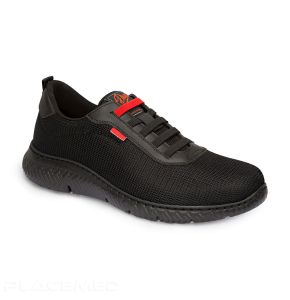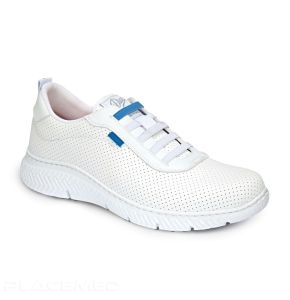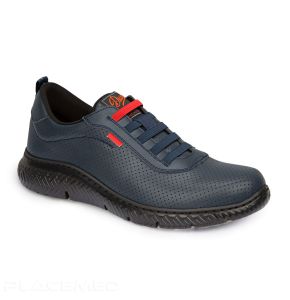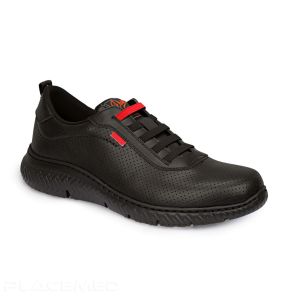Hospital Sneakers
Placemed
Placemed
Placemed
Placemed
Placemed
Placemed
Placemed
Placemed
Placemed
Placemed
Placemed
Placemed
Placemed
Placemed
Placemed
Placemed
Placemed
Placemed
Placemed
Placemed
Placemed
Placemed
Placemed
Placemed
Hospital Sneakers: Quiet Comfort for a Demanding Environment
The hospital environment is a world in constant motion, made up of long corridors, varied surfaces, and an absolute requirement for discretion. The hospital sneaker is the versatile solution that meets these constraints. Designed for the well-being of health professionals, it combines the qualities of an excellent walking pair of shoes with the imperatives of comfort and safety of the medical field.
Sound Discretion: A Comfort Criterion for Everyone
An often-overlooked but essential criterion in the hospital environment is noise. Every step echoes in the corridors and rooms. Unlike rigid medical clogs, a quality hospital shoe is designed for silence. Its soft rubber or PU soles absorb impact noise on the floor, allowing you to move with optimal discretion. This is an immense comfort for you, preserving your energy, but it is also an essential mark of respect for the rest and tranquility of patients.
Hygiene and Resistance to Hospital Cleaning Agents
A good shoe for hospital use must withstand strict bio-cleaning protocols. The materials of our work sneakers are selected for their endurance. Smooth microfibers and certain treated leathers withstand the regular application of disinfectant and virucidal products without cracking or losing their color. This resistance not only guarantees the longevity of your professional shoes, but also the maintenance of an impeccable level of hygiene, whether you are on a care unit, near an operating room, or in a nursing home.
Versatility: A Single Pair for the Ward, Shifts, and Offices
One of the greatest assets of the hospital sneaker is its versatility. It is the perfect type of shoe for medical personnel with varied tasks. It accompanies you during intensive walking on the ward thanks to its non-slip sole and cushioning. Its modern and all-purpose look is also perfectly appropriate for quieter moments: handovers, service meetings, or administrative work. For men and women, these sneakers fit perfectly with the outfits of nursing assistants or as shoes for nurses, offering optimal comfort throughout the day.
 Francais
Francais 
